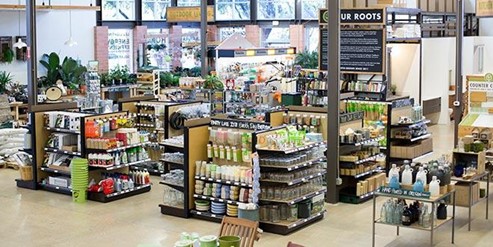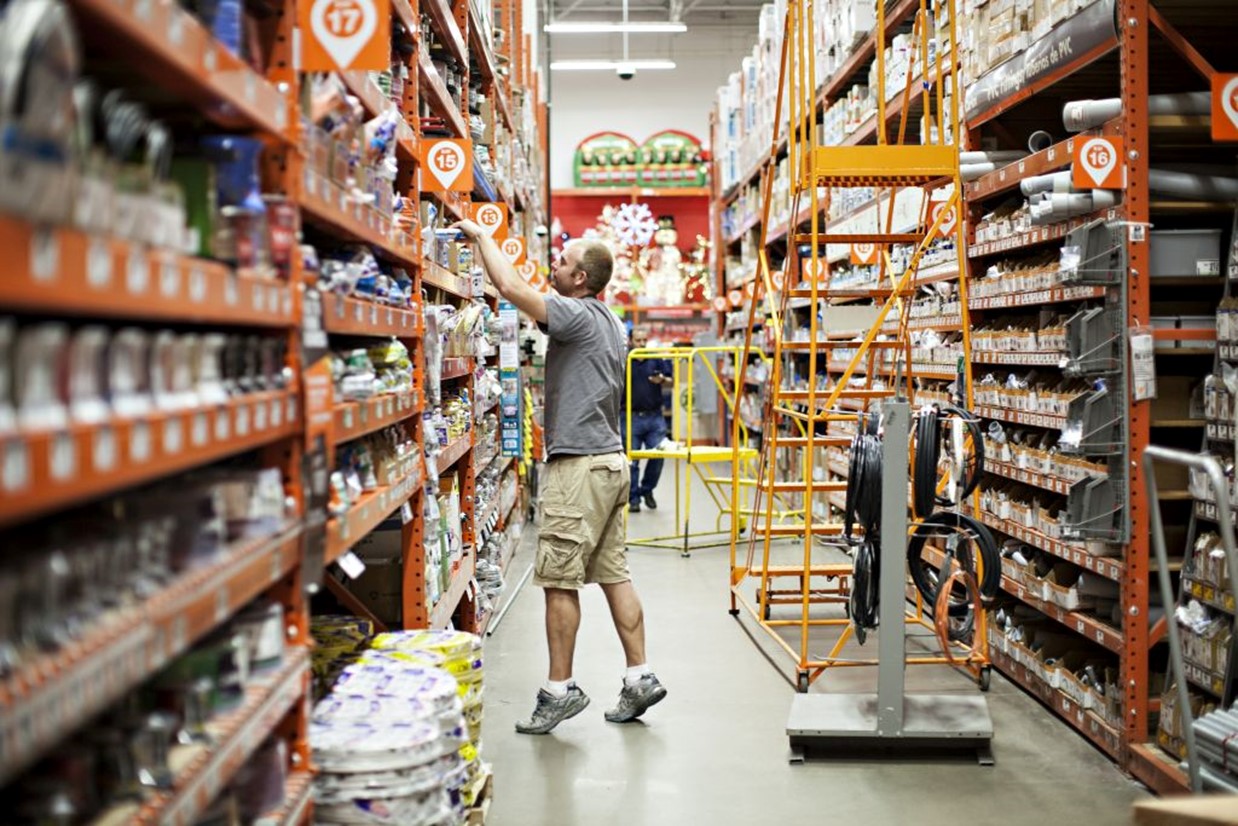When Covid struck, homebound homeowners saw it as an opportunity for home improvement projects. The sector boomed during the epidemic as DIYers created home offices, exercise rooms and beautified their backyards. Revenues in 2020 alone increased 13 percent. The trend continues today, and 22 percent of homeowners are projected to spend $5,000 to $15,000 on projects, according to U.S Census Bureau data.
The Home Depot led the way in revenue, while consumers ranked Ace Hardware as the winner in customer satisfaction in IHS Markit surveys.
What does this mean for home improvement retailers, clubs and warehouses?
Market leaders like Lowes and Menards continue on their similar upward trajectories as Americans show no sign of slowing down their DIY projects.
To earn their loyalty, some may be eyeing Ace’s ability to hit higher satisfaction ratings—despite fewer stores and smaller retail footprints.
Could this mean resetting departments, aisles or bays? While shopping in larger warehouse stores, would technology and inventory systems empower customers to find the right products on shelves?
Ace Self-service
The Ace brand is all about the service. Associates listen, know which products provide the best solution, and walk customers to the exact SKU location. Good old fashioned self-service has helped Ace grow sales per location, along with smart fixture installations and product choices.
Facing labor shortages, home improvement stores may be struggling to maintain staffing levels—and arm their associates with adequate product knowledge—to handle the volume. One response may be to look with fresh eyes at how categories, bays and shelves are organized.
- Are SKUs displayed in the optimal locations?
- Could master cartons in high bays be labeled or managed differently when eye-level placements get depleted?
Leaders like Home Depot and Lowes already use technology to help savvier consumers find bay locations without an associate. But some merchants may look harder at old assumptions.
Whatever the strategy, the goal is clear. Stay in stock, increase staff product knowledge and address the issue of the average Joe or Jane finding the products they need more easily.

Ecomm, Employees and Real Estate
With employment at record highs and rising hourly rates, the issue of headcount was being magnified even before 2022 got underway.
On the whole, home improvement employs about 840,000 people. In contrast, Amazon has 1.6 million. So, the global e-tailing giant presents competition to bricks and mortar with its sheer scale and Prime delivery.
Warehouse and club stores can only recruit so many—and find only so many well-trafficked, 100,000+ footprints for new stores. Perhaps, home improvement rips a page from Walmart with its smaller neighborhood and express formats. This might emulate Ace’s model, attract employees wanting shorter commutes, and embed their brands in tight-knit communities.
Summing Up: The Ground Game
Whatever the future holds, the ground game still prevails in home improvement retailing. All retailers know that renewing customer experiences is a sure bet, yielding more visits and more sales per cart.
Consumers love to see what is new and different—while they grab items they need, same-day, to complete home improvement projects. It is no surprise, for example, that Amazon entered the traditional retail store market: DIYers are social creatures who like to touch and feel products before they buy.
To excel at the registers, expect home improvement retailing to freshen up their stores with more frequent resets. Watch for an increased use of creative signage, telling stories and planting seeds for the next project. Look for festive fixture displays throughout stores that inspire shoppers to linger longer.

